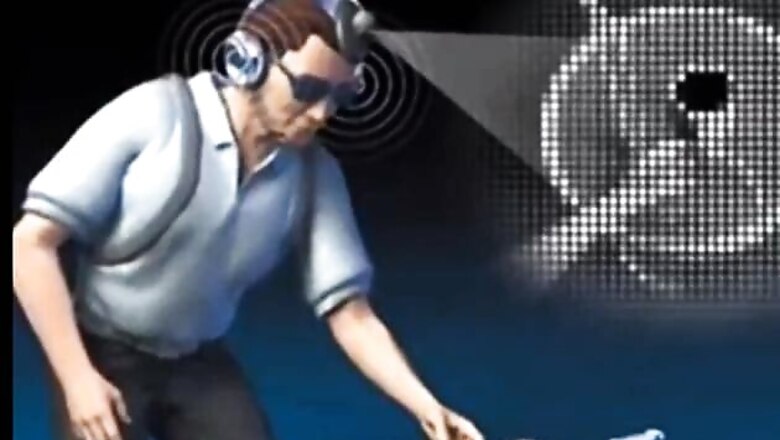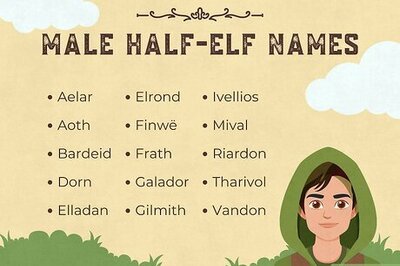
views
London: Researchers have developed new 'video goggles' that can allow the blind to 'see' through sound and even teach them to read.
A new study has found that blind people can learn to 'see' through sound as areas of the brain, even in those born blind, can be trained to recognise objects and 'read' through visual input.
The sounds are used as substitutes for light to activate the visual cortex of the brain, the Daily Mail reported.
The findings challenge the common belief that if the visual cortex of the brain is deprived of information in early life it may never develop functional specialisation.
"The adult brain is more flexible than we thought," senior author Professor Amir Amedi of the Hebrew University Medical School, Jerusalem, said.
Researchers taught congenitally blind adults, those who were born blind, to use sensory substitution devices (SSDs), which are non-invasive sensory aids that provide visual information to the blind via their existing senses.
For instance, when a person uses a visual-to-auditory SSD, images from a video camera are converted into 'soundscapes' that represent the images.
This allows the user to listen to and then interpret the visual information coming from the camera, in that way 'seeing' with sounds.
After being taught how to use the SSDs, blind people could use the devices to learn to read, with sounds representing visual images of letters.
This skill involved a region of the brain called the Visual Word Form Area (VWFA), which in sighted people is activated by seeing and reading letters.
After only ten of hours of training, blind people's VWFA showed more activation for letters than for any of the other visual categories tested.
Research team believes that, at least in the blind, the tuning of VWFA to reading does not depend on vision. Instead, the VWFA may be selective to the type of information or computation rather than to the type of sensory input.
Blind people could also use SSDs to recognise soundscapes of visually complex categories such as faces, houses, and body parts.
"SSDs might help blind or visually-impaired individuals learn to process complex images, as done in this study, or they might be used as sensory interpreters that provide high-resolution supportive synchronous input to a visual signal arriving from an external device," said Amedi.
####



















Comments
0 comment